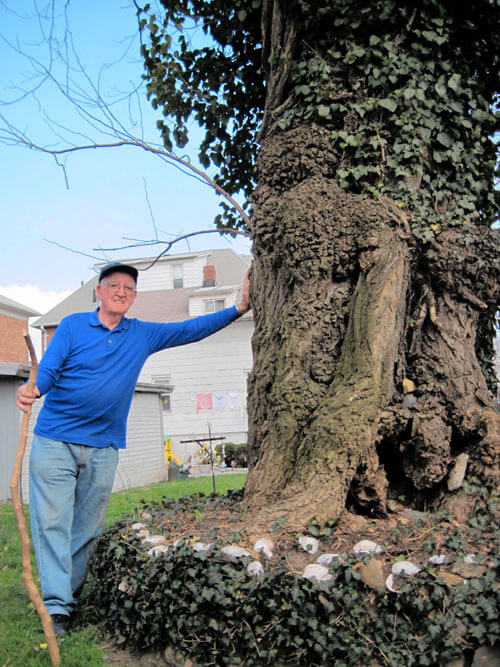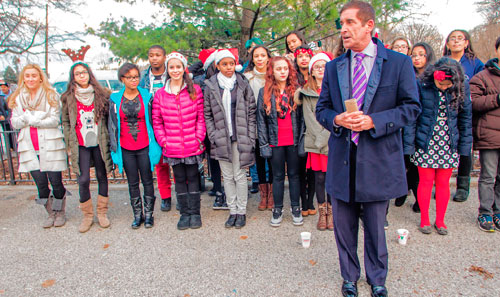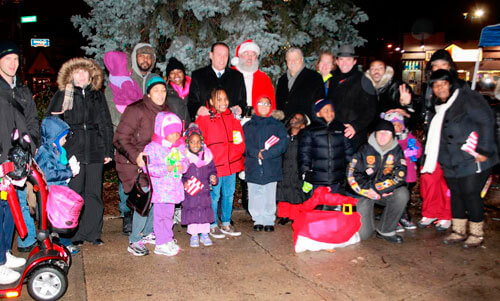Since 1984, Mike and Margaret Fogarty have been the caretakers of one of the Bronx’s more curious tales. It is a story with a what, a when and a where — all bizarre — but maddeningly it has no who or why.
In their E. 235th Street yard stands a gnarly Methuselah of a tree allegedly from far away and long ago and, as sure as the sun rises in the morning, that tree has a story to tell. If only it could talk. Now, through no fault of the Fogartys, late word has surfaced the story could be a Bronx-sized tall tale.
“I pray for her in the storms,” said Margaret. Both she and Mike always refer to the tree in the feminine. “We like her there,” said Mike.
A forester took a coring in 2004, according to Mike, a spry man with a brogue and “85 next month.”
As for the tree: “She’s an African acacia,” he was told and dutifully repeats. It is 315-years old, he said, a living witness to the Broncks in the 1690s. It was budding vibrantly on March 22.
What link the tree might have to the slave trade of the time is speculative. It is undeniably a local landmark, with wedding parties occasionally using it for photos.
The tree stands on a two-foot hummock, surrounded by stacked stones: something of a pedestal. But that could mean that the surrounding land was graded down.
Was the tree nurtured by slaves — perhaps secretly, a totem known to them, yet invisible to the white man as just another tree? Was it a link to a distant homeland and to better times?
Is it the result of an errant seed on a sack from Tripoli that found a climatologically agreeable wagon-wheel rut and thrived?
This day, Mike Fogarty sported a walking stick made from a bit of the tree’s fallings — a 13-year-old branch, “The wood is very hard,” he said. He’s been pricked by the tree’s thorns many times and said, “She’s a mean old girl. She takes care of herself.”
The tree might be among the region’s first “invasives.” The mother tree from her roots has spawned a small acacia forest across Van Cortlandt Park East in the park proper, Fogarty reported.
A Parks Department spokesman, Zachary Feder, said that because the tree is outside the park proper, the city might have no record of it. Responding to a reporter’s call, however, the department expressed keen interest.
The spokesman said a conversation with foresters on hand revealed the tree may actually be a southern European acacia, which would stand a better chance in our climate.
The department’s curiosity roused, the spokesman said a forester would head to the site. The forester’s determination was something of a balloon buster: an on-site appraisal result indicated it was a “pseudo-acacia,” a black locust, that might date only to 1850.






















